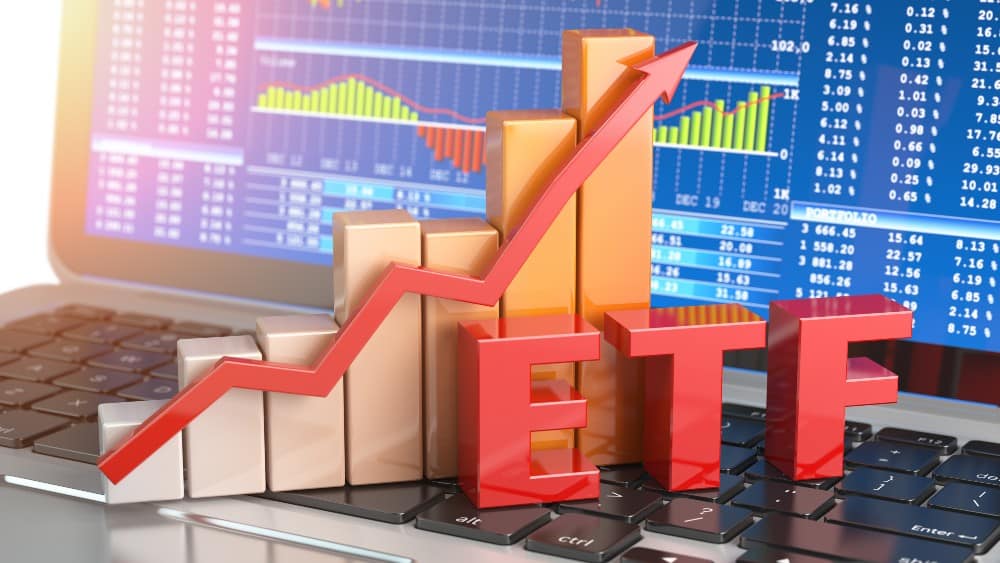Investing for the long term is one of the smartest ways to build wealth inside a Tax-Free Savings Account (TFSA). With no taxes on gains or withdrawals, a TFSA gives Canadians an incredible tool to grow their money. But where to start? Instead of picking individual stocks, which can be risky, many investors are turning to exchange-traded funds (ETF). ETFs make it easy to own a piece of hundreds, sometimes thousands, of companies at once. For long-term TFSA growth, three ETFs listed on the TSX really stand out right now. These are the iShares Core S&P/TSX Capped Composite Index ETF (TSX:XIC), Vanguard FTSE Global All Cap ex Canada Index ETF (TSX:VXC), and BMO MSCI EAFE Index ETF (TSX:ZEA).
XIC
If you want a simple, no-fuss way to invest in Canada, XIC is it. This ETF tracks the S&P/TSX Capped Composite Index. It gives you exposure to the biggest names in banking, energy, telecommunications, and more. As of writing, XIC had a year-to-date return of 0.9% and a one-year return of 12.7%. That’s a pretty solid showing, especially considering how bumpy the market has been lately.
Plus, the management expense ratio is only 0.06%. In plain terms, that means you’re keeping more of your investment returns instead of handing them over in fees. It’s also worth noting that Canada’s big banks and energy companies are some of the most stable dividend payers in the world. So while you ride the ups and downs of the market, you’re also getting a steady stream of dividends that can be reinvested to grow your TFSA even faster.
VXC
Now if you want real growth, you can’t just stick to Canada. That’s where VXC comes in. It gives you exposure to companies all over the world, excluding Canada. It’s basically a passport to invest in the U.S., Europe, Asia, and emerging markets. As of writing, VXC posted a year-to-date return down 5.5%, yet a one-year return of around 10%. Its management fee is also a reasonable 0.23%.
VXC is great because it spreads your investments across large-cap giants, mid-sized companies, and even smaller firms that could become tomorrow’s leaders. Plus, by excluding Canada, it truly diversifies your TFSA, reducing your exposure to just one country’s economic ups and downs. Global growth is key when you’re thinking about the next 10, 20, or 30 years, and VXC makes it effortless to capture that upside.
ZEA
Finally, we come to ZEA, which focuses on developed markets outside of North America, like Europe, Australia, and parts of Asia. While Canada and the U.S. often grab the headlines, places like Germany, Japan, Switzerland, and the United Kingdom house some of the most important companies in the world.
As of writing, ZEA delivered a year-to-date return of 6% and a one-year return of 10.4%. Its management expense ratio is 0.22%, which is still very reasonable. Adding ZEA to your TFSA gives you exposure to strong economies and global trends that are not always in sync with North America. When North American markets hit a rough patch, having money invested in other parts of the world can help smooth out your returns. Plus, many companies in the EAFE index pay reliable dividends, adding another layer of growth potential to your account.
Bottom line
By combining XIC, VXC, and ZEA, you’re covering almost every corner of the global stock market. You get the safety and income of big Canadian companies with XIC. You tap into powerhouse tech and consumer giants globally with VXC. And you diversify further into developed markets outside North America with ZEA. Together, these three ETFs offer a blend of stability, growth, and income, which is exactly what a TFSA needs to flourish over time.
Of course, investing is not about setting it and forgetting it forever. It’s smart to check in once or twice a year, rebalance if needed, and make sure your portfolio still matches your goals. But with XIC, VXC, and ZEA as the backbone of your TFSA, you’ll be setting yourself up for serious growth. And because everything you earn inside a TFSA is tax-free, every dollar of growth goes straight into your pocket, not the government’s.

